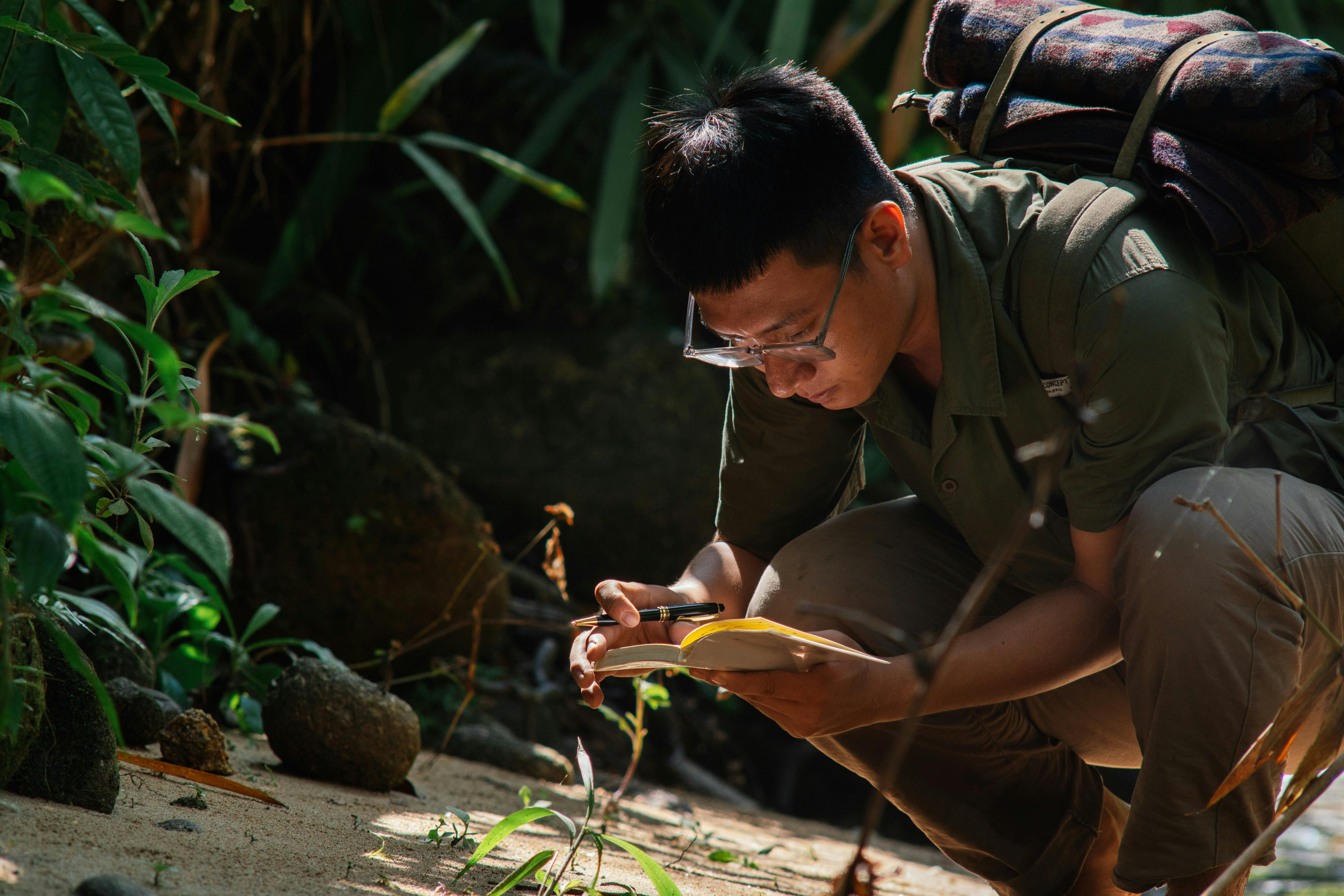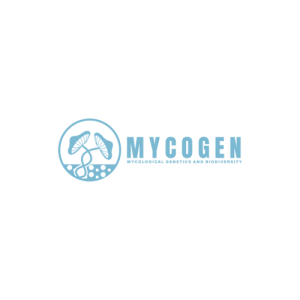

In recent years, a quiet revolution has been unfolding in the world of mycology, not within universities or government labs, but in kitchens, garages, and community spaces. All over the world, citizen scientists are stepping up to fill major gaps in fungal research, and the momentum is growing fast.
Nowhere has this movement been more visible than in the United States, where a surge of grassroots interest has led to the formation of citizen-led sequencing initiatives, local mycology clubs, open-source labs, podcasts, and online communities dedicated entirely to the fungi around us. Through shared data platforms, group sequencing projects, and a growing openness in scientific collaboration, ordinary people are beginning to make extraordinary contributions.
The explosion in citizen-led mycology has been driven by a few major shifts — technological, social, and cultural — that have made serious scientific work more accessible than ever before:
Access to affordable scientific tools
Equipment that was once only available to institutions — such as PCR machines, gel electrophoresis systems, and high-resolution microscopes — has become increasingly affordable, compact, and user-friendly. Basic molecular biology setups can now be built for a fraction of what they once cost.
Widespread availability of sequencing services
Third-party DNA sequencing companies now offer rapid turnaround and relatively low-cost processing, meaning even small-scale researchers can submit their own PCR products and receive high-quality DNA sequence data.
The rise of open data platforms and online databases
Tools like iNaturalist, BOLD Systems, GenBank, and UNITE have made it possible for individuals to contribute data directly to the global research community. These platforms have also made it easier to compare and validate findings in real time.
The internet and community connection
Forums, Discord servers, podcasts, YouTube channels, and social media groups have allowed people to learn techniques, share discoveries, troubleshoot lab problems, and collaborate across continents. This connectivity has created a strong sense of shared purpose.
A cultural shift toward decentralised science
There’s a growing recognition that valuable scientific contributions don’t have to come from within academic or institutional walls. Independent researchers, field naturalists, and amateur scientists are increasingly being taken seriously and their data often speak for themselves.
Together, these changes have enabled a new kind of scientific ecosystem: one that is more open, collaborative, and driven by curiosity rather than credentials. It’s never been easier (or more exciting) for passionate individuals to contribute to the global understanding of fungi.
Watching this movement from afar, it became clear that Australia was lagging behind. Despite being home to an astonishing range of ecosystems, from tropical rainforests and alpine woodlands to deserts and coastlines, we still know relatively little about the full breadth of our native fungal species.
Australia has some truly world-class research institutions and passionate amateur mycologists. But the kind of distributed, community-based sequencing and biodiversity mapping seen overseas is only just beginning to take root here. The gap was obvious, and so was the opportunity.
MYCOGEN – short for Mycological Genetics and Biodiversity – was born out of a desire to help bridge that gap. Inspired by what I saw unfolding overseas, I decided to build a small but capable fungal research lab from the ground up: a citizen-led effort focused on DNA barcoding, high-quality observation, and open data.

My goal was simple: to begin cataloguing the fungi of southeast Queensland as thoroughly and scientifically as possible. Combining field photography, microscopy, taxonomy and DNA sequencing and to share everything I learn with the public.
But beyond that, MYCOGEN is also about inspiring others to do the same. Australia is vast, and its fungal biodiversity is still largely unmapped. We need many more eyes, hands, and minds working together to build the kind of fungal record future researchers can rely on.
Whether you’re a bushwalker, photographer, science student, or fungi fanatic, there’s a place for you in this movement. You don’t need to wait for permission. You don’t need to be part of a big institution. With a curious mind and some basic tools, you can help uncover and document the fungal life around you and, in doing so, contribute to one of the great biodiversity efforts of our time.
The citizen science revolution in mycology is not a trend, it’s a transformation. It’s reshaping how we study fungi, who gets to contribute, and how fast we can close the gaps in our understanding of this often-overlooked kingdom of life.
MYCOGEN is proud to be part of this new wave and even prouder to be helping it grow here in Australia.